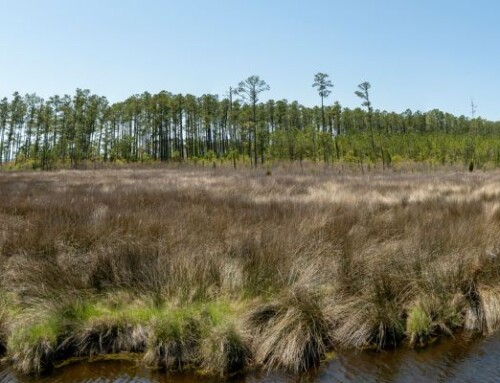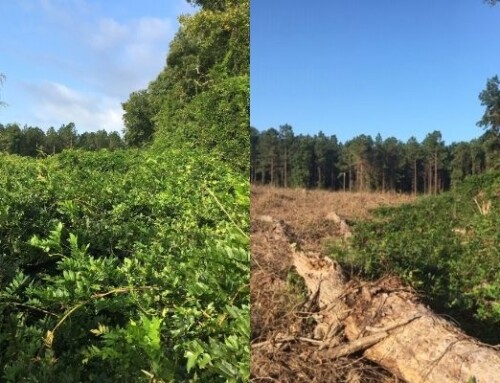Thank you for purchasing a Venus flytrap at our annual Flytrap Frolic! Venus flytraps can be difficult to care for and require specific conditions to thrive. We would like to share these tips on how to care for your new flytrap:
Water
The Venus flytrap must only be watered with distilled water or rainwater. DO NOT use tap water or regular bottled water. Keep the soil constantly moist. The Venus flytrap is found in wet environments.
Light
The Venus flytrap needs at least 6 hours of bright, full sunlight. If you are using artificial lights, keep your flytrap at least 4-7 inches away.
Soil
If you decide to move your flytrap from its current pot, you need to use a 50/50 mixture of sphagnum peat moss and sand. Peat is decayed organic matter. Venus Flytraps thrive in poor, acidic soil. Again keep the soil moist. One way of doing this is to put your Venus flytrap pot onto a tray with standing water.
Winter Dormancy
In the Winter, flytraps experience a dormancy period. When the temperatures start dropping your flytraps may turn black. They are entering a dormancy period, they may come back in the spring/summer if you allow them to get more warmth and sunlight as the season changes. Keep them damp and do not let them freeze.
Tips
For several reasons the Venus Flytrap does best outdoors. It can get more sunlight, it can experience its dormancy period, it has more access to insects for nutrients. We recommend keeping your new Flytrap outdoors. Also, do not use fertilizers in your soil. While the Venus Flytrap does get some nutrients from the soil, it is adapted to nutrient poor soils.
If you have any other questions about how to care for your new flytrap, feel free to email Bryce Tholen at resiliencecorps@coastallandtrust.org. Enjoy your new carnivorous plant!
Photo: Stuart R. Borrett






